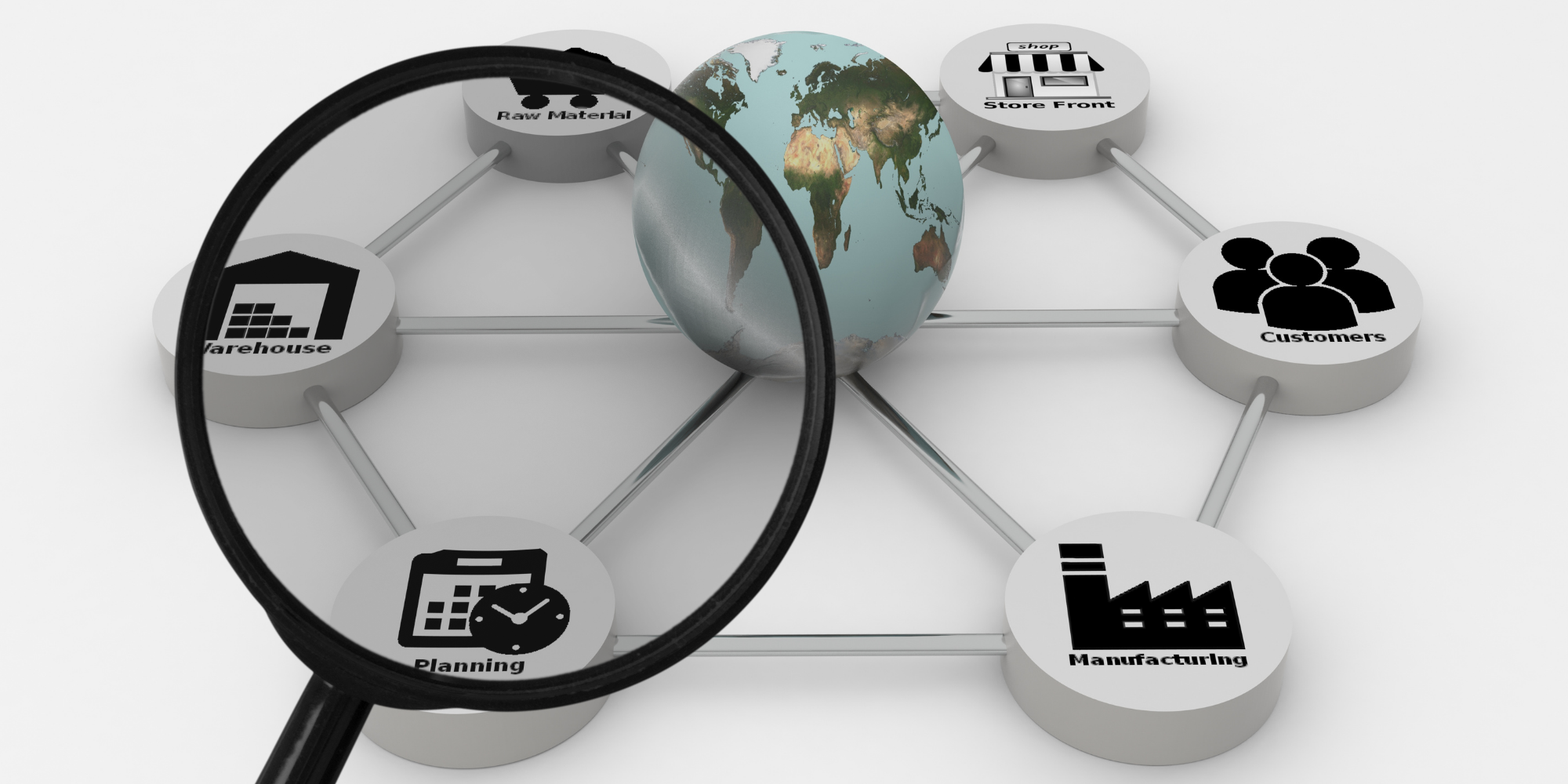The Role of Sustainable Materials: Tracking the journey from source to site, and the role of Blockchain in the Construction Industry
Discover how the construction industry is going green with low carbon cement and blockchain technology! Learn how these innovations reduce CO2 emissions, improve traceability, and ensure sustainability from source to site. 🌍🏗️

As a cornerstone of the global economic development, The construction industry is responsible for creating the infrastructure that supports modern life. However, this sector also significantly impacts the environment, contributing to carbon emissions, resource depletion and waste generation. In recent years, the industry has faced growing pressure to adopt more sustainable practices. One promising avenue is the use of sustainable materials, such as low carbon cement, combined with cutting-edge technologies like blockchain for enhanced traceability and accountability in the supply chain.
The Environmental Impact of Traditional Construction
Traditional construction practices are heavily reliant on materials such as Portland cement, steel and concrete, which have substantial carbon footprints. The production of Portland cement is one of the largest industrial sources of CO2 emissions, accounting for approximately 8% of global emissions. Additionally, the extraction and processing of raw materials deplete natural resources and often lead to significant environmental degradation.

To mitigate the environmental impact, the construction industry is increasingly turning to sustainable materials. These materials are designed to reduce carbon emissions, improve energy efficiency and minimize waste. Among the most promising sustainable materials is low carbon cement.
Low carbon cement represents a significant advancement in sustainable construction materials. Traditional Portland cement is produced by heating limestone and clay at high temperatures, a process that releases a large amount of CO2. Low carbon cement, on the other hand, uses alternative materials and innovative production techniques to reduce these emissions.

One such alternative is the use of industrial by-products like fly ash and slag, which not only reduce the carbon footprint of cement but also divert waste from landfills. Additionally, the development of geopolymer cements, which use industrial waste products and require lower processing temperatures, offers further reductions in carbon emissions.
Besides low carbon cement, other sustainable materials gaining traction include recycled steel, bamboo and cross-laminated timber (CLT). Recycled steel reduces the need for new steel production, bamboo is a rapidly renewable resource with excellent strength-to-weight ratio, and CLT provides a renewable alternative to traditional concrete and steel structures.
Blockchain Technology: Ensuring Traceability and Transparency
While the adoption of sustainable materials is crucial, ensuring their proper use and tracking their journey from source to construction site is equally important. This is where blockchain technology comes into play.
Blockchain is a decentralized digital ledger technology that records transactions across many computers in such a way that the registered transactions cannot be altered retroactively. This technology is highly secure and transparent, making it ideal for applications in supply chain management.

Blockchain in the Construction Supply Chain
Implementing blockchain in the construction supply chain enhances the traceability of materials, ensuring that sustainability claims are verified and maintained throughout the entire process. Here's how blockchain can transform the construction industry:
Blockchain enables the tracking of materials from their source to the construction site. Each transaction, from extraction to processing to delivery, is recorded on the blockchain. This creates a transparent and immutable record, ensuring that materials are sourced responsibly and sustainably.
With blockchain, it is possible to verify the sustainability claims of suppliers. For example, if a supplier claims that their low carbon cement has a certain carbon footprint, this information can be verified through the blockchain, ensuring that all parties in the supply chain are held accountable. Blockchain's security features help prevent fraud and counterfeiting of materials. Each material's journey is documented, making it difficult for counterfeit or substandard materials to enter the supply chain. By streamlining the documentation process and reducing the need for intermediaries, blockchain can improve the efficiency of the supply chain. This can lead to cost savings and faster project completion times.

The integration of blockchain technology provides several benefits. Stakeholders, including investors, regulators and future residents, can access the blockchain to verify the sustainability claims of the project. This transparency builds trust and confidence in the development. The detailed records maintained on the blockchain help ensure compliance with environmental regulations and standards. This can simplify the auditing process and reduce the risk of non-compliance penalties. The project's commitment to sustainability and transparency differentiates it in the market. This can attract environmentally conscious buyers and tenants, potentially leading to higher occupancy rates and property values.
While the combination of sustainable materials and blockchain technology holds great promise, several challenges need to be addressed. The construction industry has been traditionally slow to adopt new technologies. For blockchain to be widely implemented, there needs to be a shift in mindset and investment in education and training. Integrating blockchain with existing supply chain management systems can be complex. It requires careful planning and collaboration between all stakeholders. To fully realize the benefits of blockchain, there needs to be standardization in how data is recorded and shared. This requires industry-wide collaboration and the development of common protocols. Implementing blockchain technology involves initial costs for setting up the infrastructure and training personnel. However, these costs can be offset by the long-term benefits of increased efficiency and reduced fraud.
Looking ahead, several developments could further enhance the role of sustainable materials and blockchain in the construction industry. Combining blockchain with the Internet of Things (IoT) can provide real-time tracking and monitoring of materials. IoT sensors can collect data on environmental conditions, material quality, and usage patterns, which can then be recorded on the blockchain. Using advanced analytics and artificial intelligence (AI) on blockchain data can provide insights into supply chain performance, identify inefficiencies, and predict future trends. This can help in making more informed decisions and optimizing the use of sustainable materials. International collaboration and the development of global standards for sustainable construction materials and blockchain implementation can facilitate the widespread adoption of these technologies. This can lead to a more sustainable and efficient global construction industry.
Conclusion
The construction industry stands at a critical juncture, where the need for sustainable practices is more urgent than ever. The adoption of sustainable materials, such as low carbon cement, and the integration of blockchain technology for enhanced traceability and transparency, offer a path forward. These innovations not only reduce the environmental impact of construction but also build trust and accountability in the supply chain.
As the industry continues to evolve, embracing these technologies and overcoming the associated challenges will be crucial. By doing so, the construction sector can contribute significantly to global sustainability goals, paving the way for a greener and more resilient future. The journey towards sustainable construction is not without its hurdles, but with commitment and innovation, it is a journey well worth undertaking.
